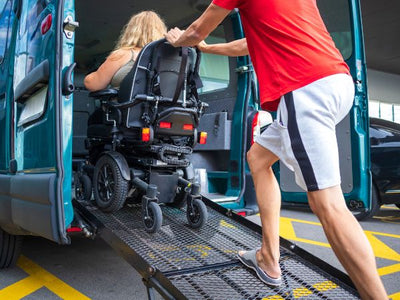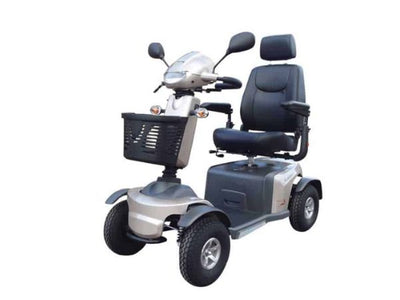Vehicle modifications involve making changes to a vehicle to ensure that individuals with disabilities can drive or use it comfortably. These adjustments come in various forms, tailored to accommodate different limitations and needs. It’s important to note that these modifications can only be carried out if you own the vehicle or have obtained the owner’s consent to make these necessary changes. This way, it ensures that everyone can experience the freedom and independence that comes with accessible transportation.

Types of disability vehicle modifications
Vehicle modifications vary greatly from one person to another, as individual needs and preferences play a big role in determining the extent and type of adjustments required. These alterations aim to enhance accessibility and convenience for individuals with disabilities, ranging from relatively minor adaptations to more substantial overhauls. Here, we explore some common vehicle modifications that can make a significant difference in the lives of those with disabilities.
Wheelchair Access Vehicle Modifications: These modifications focus on facilitating easy access for individuals using wheelchairs. The primary objective is to not only assist the person in the wheelchair but also their families or caregivers. Wheelchair ramps and hoists are used to ensure that the wheelchair is properly positioned for seamless access to the vehicle. With the right modifications, a wheelchair should never be an obstacle for those needing to use a motor vehicle. The enhanced mobility they provide can be truly liberating.
Left-Foot Accelerator: For those who need to operate both the accelerator and brake with their left foot, left-foot accelerator pedals are a game-changer. These can be found in quick-release and flip-up versions, allowing other drivers to use the vehicle without hindrance.
Spinner Knobs: Spinner knobs are invaluable for individuals with limited arm strength or mobility challenges. These knobs are attached to the steering wheel, enabling one-handed steering. Some models even offer wireless mounting options, allowing drivers to access other controls with a simple touch of a button, enhancing the overall driving experience.
Electronic Hand Brakes: Electronic hand brakes simplify the task of engaging the handbrake with just a push of a button. This feature is particularly beneficial for those with limited hand or arm strength, making parking and stopping more manageable and less physically demanding.
Pedal Extensions: People with limited leg strength or joint mobility issues can benefit from pedal extensions. These modifications allow for the adjustment of both pedal height and spacing to accommodate individual needs. By customising the pedal arrangement, drivers can experience greater comfort and control.
Accelerator Rings: Accelerator rings are used for individuals with little to no use of their lower limbs. They enable drivers to operate the accelerator using their hands without needing to move their hands from the steering wheel. Some accelerator rings also integrate brake controls, offering comprehensive command over acceleration and braking, ensuring a safe and smooth driving experience.
Vehicle modifications for people with disabilities are incredibly diverse, and tailored to suit specific requirements. These adaptations are instrumental in aiding independence, empowering individuals to maintain their mobility and enjoy the freedom of the open road.





